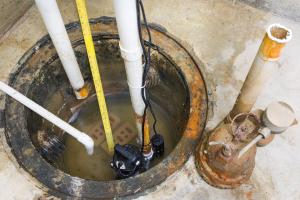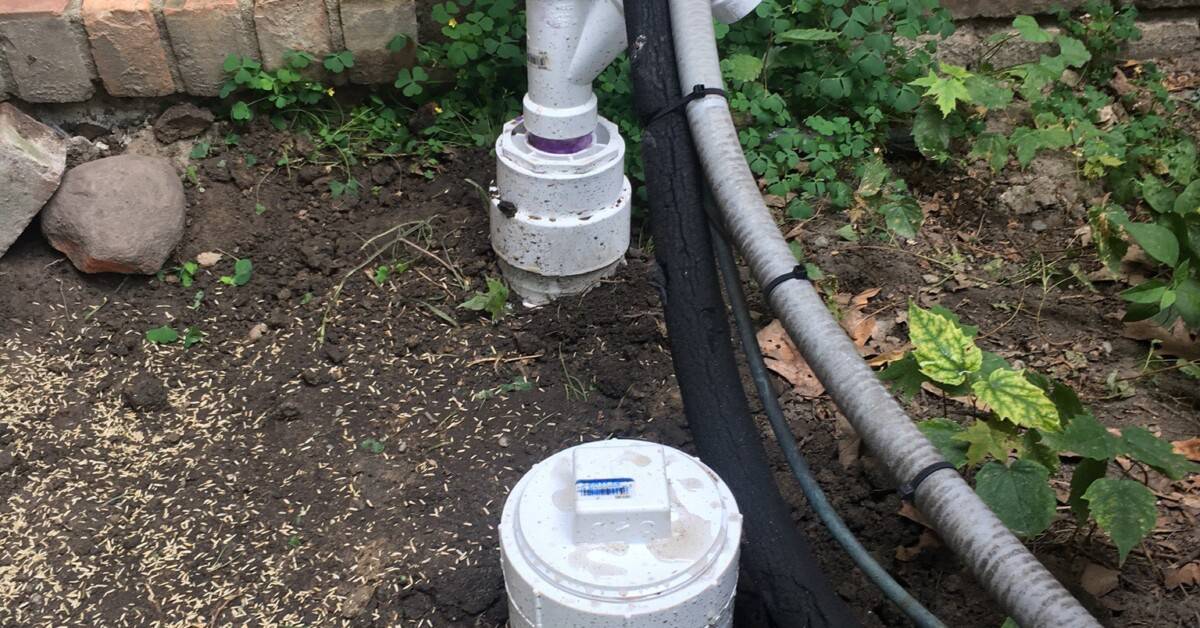Almost everyone has got their private perception involving How to Care for Your Sump Pump.

Sump pumps are essential parts in lots of homes, specifically in locations vulnerable to flooding or excessive wetness. They assist avoid water damage by successfully eliminating excess water from basements or crawl spaces. However, like any other appliance, sump pumps call for normal maintenance to ensure they function properly when required one of the most. Cleaning your sump pump is an important part of its maintenance, and comprehending just how to do it appropriately can save you from costly repair work and possible catastrophes.
Intro
Preserving a tidy sump pump is important for its correct functioning and longevity. Neglecting this important task can cause obstructions, malfunctions, and ultimately, water damage to your building. For that reason, discovering how to clean a sump pump is critical for homeowners who rely on these devices to maintain their basements completely dry and safeguarded.
Recognizing the Sump Pump
Before diving into the cleansing procedure, it's important to have a fundamental understanding of just how a sump pump works. Commonly mounted in a pit or basin listed below the cellar flooring, a sump pump contains several vital elements, including a pump, a float button, and a discharge pipeline. When water builds up in the pit, the float switch triggers the pump, which then pumps the water out via the discharge pipeline, away from the building's structure.
Signs of a Dirty Sump Pump
Knowing when your sump pump needs cleaning is essential for avoiding potential malfunctions. Some usual indicators that indicate a dirty sump pump include weird noises during operation, lowered water circulation, and visible debris in the pit. If you observe any one of these symptoms, it's essential to cleanse your sump pump immediately to avoid any kind of more concerns.
Getting ready for Cleansing
Before you begin cleansing your sump pump, it's vital to take some safety and security preventative measures. Start by shutting off the power to the pump to stay clear of any kind of electrical accidents. In addition, put on suitable protective equipment, such as gloves and goggles, to protect on your own from dirt, particles, and potential virus.
Detailed Overview to Cleaning a Sump Pump
Shutting Off the Power
Begin by disconnecting the power supply to the sump pump to avoid any kind of crashes while cleansing.
Getting Rid Of Debris and Dust
Use a bucket or an inside story to get rid of any kind of noticeable debris, dirt, or sediment from the sump pit. Dispose of the particles correctly to stop it from clogging the pump or the discharge pipe.
Cleansing the Pump and Float Change
As soon as the pit is clear of debris, thoroughly get rid of the pump from the pit. Examine the pump and the float switch for any type of indications of damage or wear. Utilize a soft brush or towel to cleanse the surfaces and eliminate any kind of gathered crud.
Flushing the System
After cleaning the pump and float switch, purge the sump pit with clean water to eliminate any type of remaining dirt or debris. This will aid ensure that the pump operates efficiently and successfully.
Checking for Correct Functioning
Prior to re-installing the pump, execute a quick test to ensure that the float switch turns on the pump properly. Pour some water right into the sump pit and observe the pump's procedure. If everything is working appropriately, you can rebuild the pump and reconnect the power supply.
Upkeep Tips to Maintain Your Sump Pump Clean
In addition to regular cleaning, there are a number of maintenance pointers you can comply with to maintain your sump pump in ideal problem:
Verdict
Cleaning your sump pump is a critical aspect of its upkeep and makes sure that it runs efficiently when you need it one of the most. By adhering to the steps outlined in this overview and incorporating regular maintenance right into your routine, you can prolong the life-span of your sump pump and safeguard your home from water damages.
6 STEPS ON HOW TO CLEAN A SUMP PUMP PROPERLY
UNDERSTANDING SUMP PUMPS
Your sump pump plays a crucial role in protecting your home by managing and removing excess water. It primarily functions as a “shield”, guarding your basement against the damaging effects of water accumulation. The pump is housed in a sump pit in the lowest part of your basement, and its job is to pump out any water that collects there.
During heavy rainfalls or when snow melts rapidly, water can infiltrate your basement, posing potential risks like flooding, structural damage, and harmful mold growth. Here, the sump pump springs into action, pumping out the intruding water and directing it away from your home.
SAFETY FIRST
Before cleaning, remember to prioritize safety. Disconnect the sump pump from the power source to prevent any accidental electric shocks. Also, wear sturdy gloves to protect your hands from any sharp or dirty components within the pump.
REMOVE THE SUMP PUMP
After ensuring your safety, the next step is to remove the sump pump from its pit. Doing this might require careful maneuvering as you don’t want to damage any pump components. Once removed, clean the sump pit to remove any accumulated debris or sludge.
INSPECT THE PUMP
Inspect the pump for any visible signs of wear or damage. Check the power cord, float switch, and impeller housing. If any components look worn out or damaged, consider replacing them to ensure optimal performance.
CLEAN THE PUMP
Thoroughly clean the pump with warm, soapy water. Make sure to rid it of any dirt, gravel, or other debris that might impede its performance. You can use a toothbrush to clean the small, hard-to-reach parts of the pump.
REINSTALL THE SUMP PUMP
Reinstall the pump into the sump pit Make sure it’s positioned correctly to remove the water effectively Once it’s back in place, reconnect it to the power source TEST THE PUMP
Finally, pour some water into the pit to ensure the pump works correctly. It should start automatically and begin pumping out the water; if it doesn’t, check the power source and the positioning of the pump.
Remember, while cleaning your sump pump is an essential part of home maintenance, hiring a professional plumber for a thorough inspection and cleaning at least once a year is also important. This will ensure that your pump is in optimal condition, ready to protect your home from potential water damage.
BEST PRACTICES FOR CLEANING SUMP PUMP DISCHARGE PIPES
Regular Inspection: Regularly inspect your discharge pipes, especially during heavy rainfall or snowmelt periods. Look for any signs of blockage or damage. Early detection of problems can prevent serious issues down the line. Periodic Cleaning: Over time, sediment and debris can accumulate in the discharge pipes, impeding the flow of water. Regular cleaning helps keep the pipes clear and functioning efficiently. You can use a high-pressure water jet to effectively clean the pipes. Insulation During Winter: In colder climates, discharge pipes can freeze, blocking the outflow of water. Protect your discharge pipes from freezing temperatures by insulating them with foam pipe insulation. This will ensure the sump pump can continue to discharge water even in freezing conditions. Proper Positioning: The discharge pipe should be positioned to direct water away from your home’s foundation. Improper positioning can lead to water seeping back into the basement. Ensure the pipe is long enough and angled correctly. Installation of a Check Valve: A check valve prevents water from flowing back into your sump pit after the pump has pushed it out. Installing a check valve helps maintain the efficiency of your sump pump and reduces the risk of flooding. Minimize Pipe Turns: Every curve or turn in the discharge pipe can decrease the efficiency of water flow. By minimizing turns and bends in your discharge pipe, you can increase the efficiency of your sump pump. https://www.fullspeedplumbing.com/how-to-clean-a-sump-pump-properly9999/

We had been made aware of that editorial about How To Effectively Clean A Sump Pump through an acquaintance on another site. Those who enjoyed reading our blog entry kindly make sure you remember to pass it around. I truly appreciate reading our article about How To Effectively Clean A Sump Pump.
Book 24/7